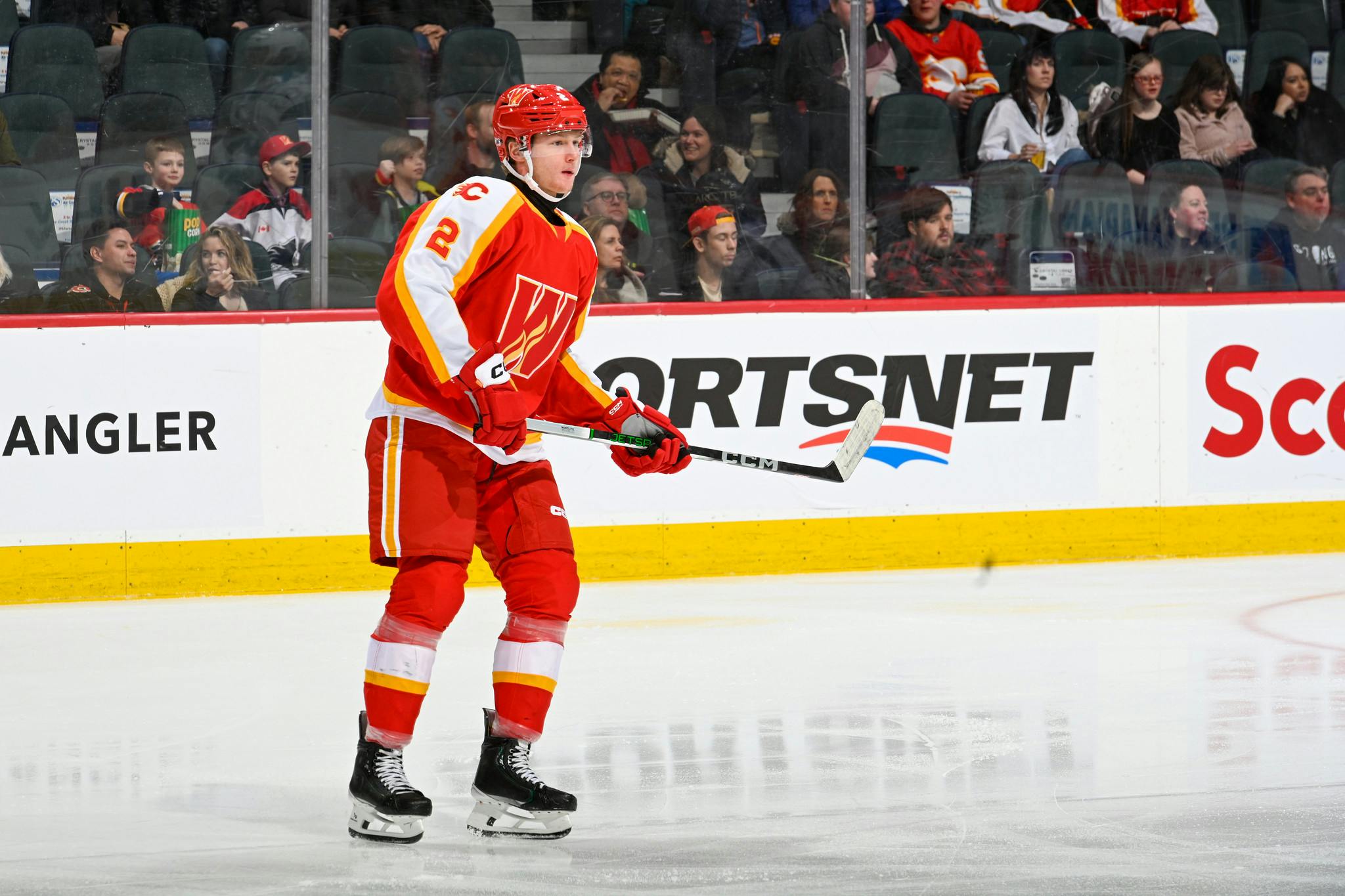Brzustewicz, Miromanov, Grushnikov help make Calgary’s strong defensive pipeline more diverse
Photo credit: Terence Leung/Calgary Wranglers
By Mike Gould
7 months ago
Keep scrolling for the next article
Breaking News
- NHL odds, betting preview (Oct. 30): Flames vs. Utah Hockey Club predictions
- 5 Flames players who have looked great early in 2024-25
- Flames Game Day 10: Mikael Backlund’s 1,000th game and the first-ever trip to Utah (7:30pm MT)
- A lot of 2024 Flames draft picks are having strong starts
- Wranglers Recap: Bishop’s third consecutive game-winning goal makes it eight straight victories
